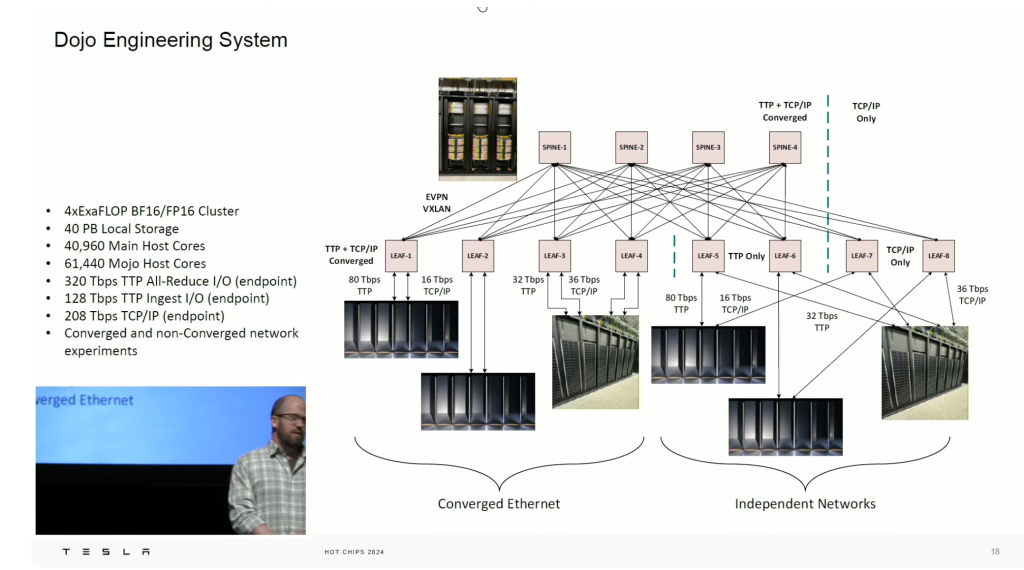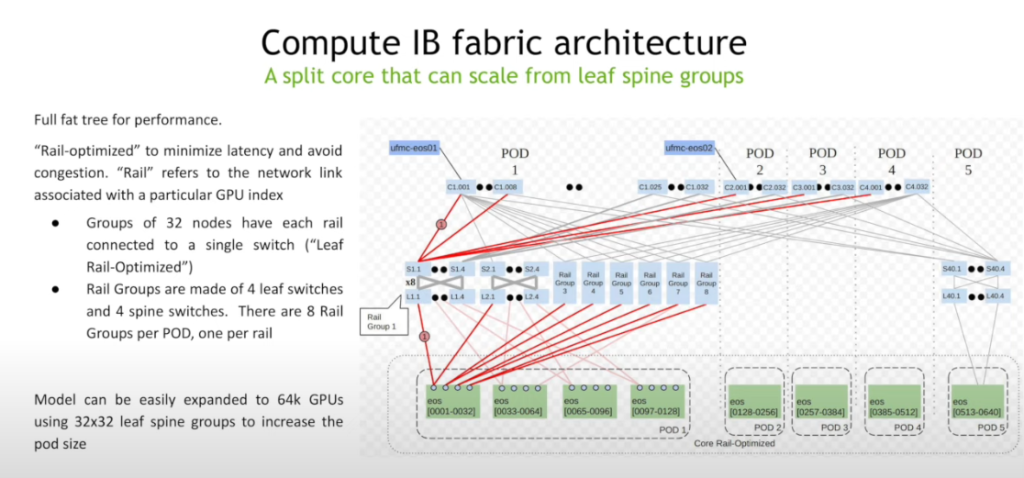Testa TCP replacement: Instead of buying and spending a lot of money, built what you need. I assume very smart people around and real network engineering taking place.It is like a re-write of TCP but doesnt break it so your switches can still play with it. It seems videos are not available in the hotchips webpage yet. And this link looks even better, even mentions Arista as the switching vendor. (video from hotchips24)

Cerebras Inference: From hotchips 2024. I am still blow away for the waferscale solution. Obviously, the presentation says its product is the best but I wonder, can you install a “standard” linux and run your LLM/Inference that easily?
Leopold AIG race: Via linkedin, then the source. I read the chapter 3 regarding the race to the Trillion-Dollar cluster. It all looks Sci-Fi, but I think it may be not that far from reallity.
Cursor + Sonet: Replacement for copilot? original I haven’t used Copilot but at some point I would like to get into the wagon and try things and decide for myself.
AI AWS Engineering Infra: low-latency and large-scale networking (\o/), energy efficiency, security, AI chips.
NVLink HGX B200: To be honest, I always forger the concept of NVLink and I told my self it is an “in-server” switch to connect all GPUs in a rack. Still this can help:
At a high level, the consortium’s goal (UltraEthernet/ UA) is to develop an open standard alternative to Nvidia’s NVLInk that can be used for intra-server or inter-server high-speed connectivity between GPU/Accelerators to build scale-up AI/HPC systems. The plan is to use AMD’s interconnect (Infinity Fabric) as the baseline for this standard.
Netflix encoding challenges: From encoding per quality of connection, to per-title, to per-shot. Still there are challenges for live streaming. Amazon does already live streaming for sports, have they “solved” the problem? I dont use Netflix or similar but still, the challenges and engineering behind is quite interesting.
Food Waste snacks: Indeed, we need more of this.
Some career advice from AWS: I “get” the point but still you want to be up to speed (at certain level) with new technologies, you dont want to become a dinosaur (ATM, frame-relay, pascal, etc).
Again, it’s not about how much you technically know but how you put into use what you know to generate amazing results for a value chain.
Get the data – be a data-driven nerd if you will – define a problem statement, demonstrate how your solution translates to real value, and fix it.
“Not taking things personally is a superpower.” –James Clear
Because “no” is normal.
Before John Paul DeJoria built his billion-dollar empire with Patrón and hair products, he hustled door-to-door selling encyclopedias. His wisdom shared at Stanford Business School on embracing rejection is pure gold (start clip at 5:06).
You see, life is a numbers game. Today’s winners often got rejected the most (but persevered). They kept taking smart shots on goal and, eventually, broke through.





